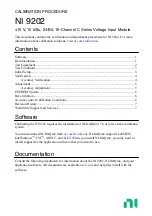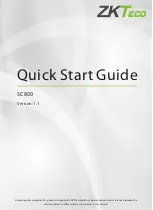
Beta Draft Confidential
G-10
1/19/05
ATM Services Configuration Guide for CBX 3500, CBX 500, GX 550, and B-STDX 9000
OSPF Name Aggregation
Monitoring Network OSPF Name Activity
Viewing OSPF Names at the Card Level
You can also use the
show pram
command to monitor the total number of OSPF
names provisioned on an individual card by looking at the size of the PRAM table.
The following text is a sample excerpt from the output for the PRAM table for the card
in slot 3 of CBX 500 switch #1.
The highlighted text indicates that 113 addresses and prefixes are provisioned on this
particular card. However, this number does not translate directly to the number of
OSPF names. You could have all or many of the provisioned entries aggregated by one
(or more) port or node prefixes. For this reason, switch- and network-level monitoring
techniques are recommended.
Switch#1> show pram 3
Configuration Database
version=6.48,
size=13100720
tables=16,
checksum=00007979
signature=36AC7423
Table
card
nrtscd
pport
lport
path
addrs
Offset
800
1204
3520
11040
64540
68868
Length
404
2316
7520
53500
4328
98384
RSize
156
2304
300
439
43
96
Max
1
1
24
120
100
1024
Count
1
1
4
8
3
113
Summary of Contents for CBX 3500
Page 888: ......
















































